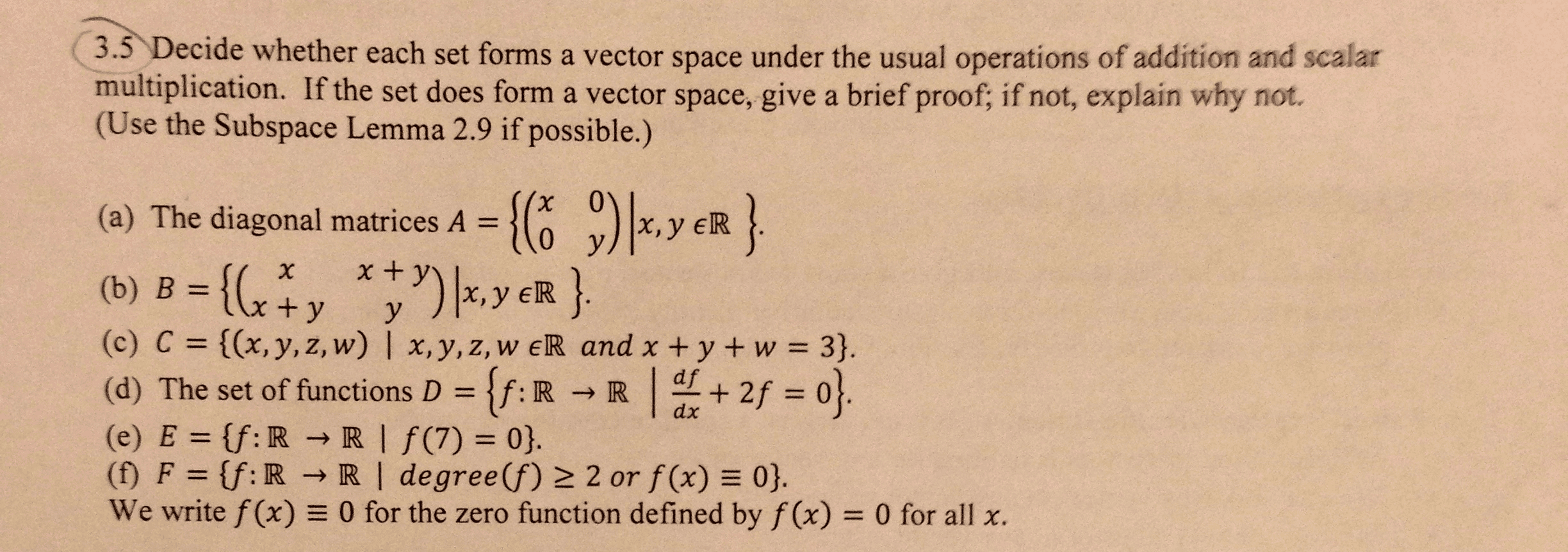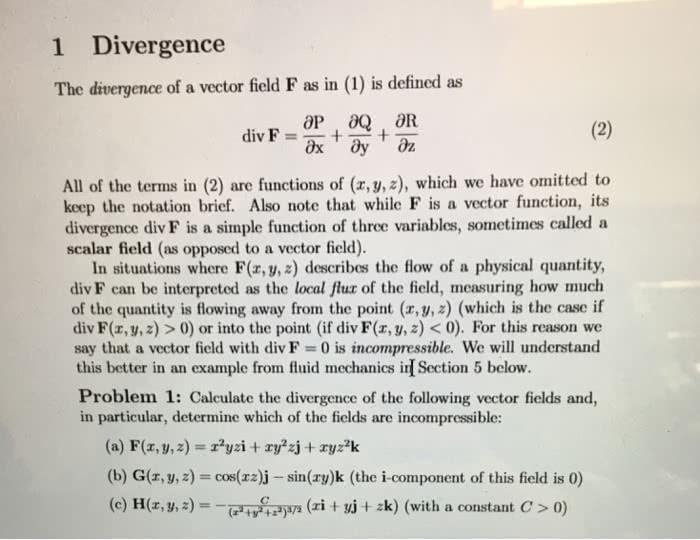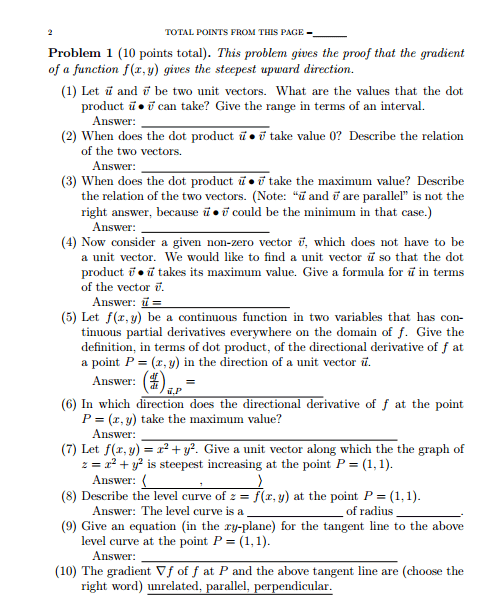MATH 234 Lecture Notes - Lecture 16: Implicit Function Theorem
27 views4 pages
26 Jul 2018
School
Department
Course
Professor
Document Summary
Is there a function such that y = f(x) such that f(x, f(x)) > 0. 0 = ddx f(x, f(x)) = f x * 1 + f ydfdx dfdx = fx (x , f(cid:4666)x(cid:4667)) And the same for the 2nd case: fx(x, y) 0 the implicit function theorem with more variables. Answer is yes ( (xo, yo, zo) is a point on the zero set) Then, locally near (xo, yo, zo) the zero set f(x, y, z) = 0 is the graph of a function y = g(x, z) F(x, g(x, z), z) = 0 for any x and z. 0 = x f(x, g(x, z), z) = F x * 1 + f y g x + f z z x z x = 0. Let f(x, y) be a function of two variables, and also x = g(u, v) y = h(u, v)
Get access
Grade+20% off
$8 USD/m$10 USD/m
Billed $96 USD annually

Homework Help
Study Guides
Textbook Solutions
Class Notes
Textbook Notes
Booster Class
40 Verified Answers
Class+
$8 USD/m
Billed $96 USD annually

Homework Help
Study Guides
Textbook Solutions
Class Notes
Textbook Notes
Booster Class
30 Verified Answers




